Norbert Singer – My Racing Life with Porsche 1970–2004
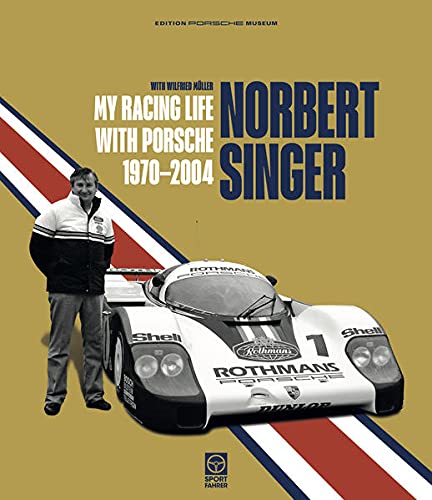 by Norbert Singer & Wilfried Müller
by Norbert Singer & Wilfried Müller
“In this book I was keen to go into the individual projects in greater depths, to give readers a better insight into our work at the time. By today’s standards, some of our methods are unthinkable. In retrospect it is difficult to imagine how such a small team orchestrated so many successful projects over the years. It was important to me that the photos showed the people I worked with for years, in some cases decades.”
His first job at Porsche sucked. Literally. Hired fresh out of university, Singer (b. 1939) was tasked with improving the fuel tank suction on the 917, to improve its chances of achieving an ultra important corporate goal: win 1970 Le Mans, only a few months away. For a newly minted race engineer to be turned loose on a possibly career-ending assignment only sounds like just another day at the office when looked at with 20/20 hindsight and the knowledge that it all turned out fine.
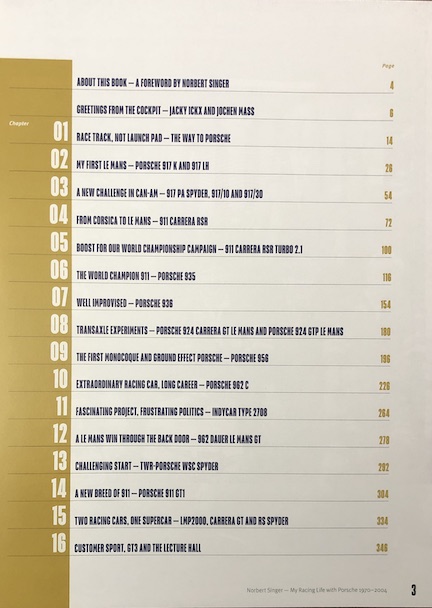 We’re only a few dozen pages into the book and there’s no slowing down for the next 300+. The intro quote above is lifted from the author’s Foreword; it always bodes well if an author lays out his goals and intentions so clearly. Another two forewords follow, here called “Greetings,” by racing luminaries Jacky Ickx and Jochen Mass and it becomes clear right away in what high regard Singer was held.
We’re only a few dozen pages into the book and there’s no slowing down for the next 300+. The intro quote above is lifted from the author’s Foreword; it always bodes well if an author lays out his goals and intentions so clearly. Another two forewords follow, here called “Greetings,” by racing luminaries Jacky Ickx and Jochen Mass and it becomes clear right away in what high regard Singer was held.
Around here we pay attention to books not just by who writes them but who publishes them. German publisher (and book/automobilia dealer) Sportfahrerzentrale has long been on our radar because their books are solid in regards to writing and presentation. Prices can go into the hundreds of dollars so to start we picked one that is not too-too expensive (the “downside” being that, on its own, it doesn’t reach the free express shipping to North America threshold of $149). Also, this was their first one done in cooperation with the Porsche Museum which means you could walk into any Porsche dealership and order Porsche part number MAP09029920.
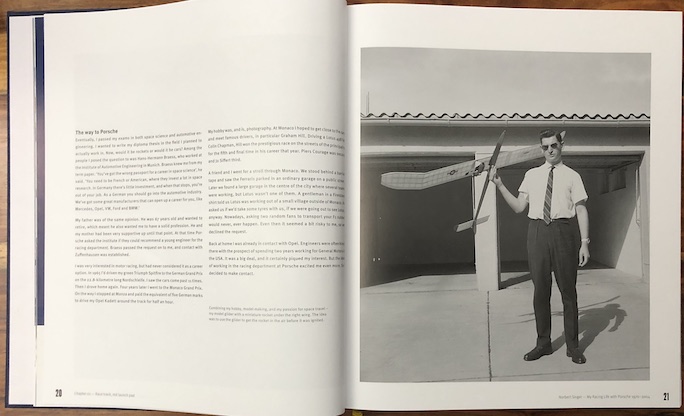
Not all the photos are dated and sometimes even the text doesn’t mention one so it takes audience participation to figure certain things out. Singer was 31 when he joined Porsche in 1970 so this is probably from before 1965 when he was still undecided between rocketry and automotive engineering and in fact majored in both. Note this glider has a rocket bolted to the right wing—and it has USAF markings.
If you don’t have an ear for foreign names, it’s not inconceivable that this book gets mistaken for another one by the same publisher that sounds a little bit similar, also written with Müller: Alwin Springer, Racing With Porsche in North America.
You’ll either have to have super memory or start looking at the Singer book from the back, specifically a legal notice on the Impressum page, to realize you may have come across it before but with a different title: 24:16—Le Mans 24 Hours: 16 Wins with Porsche, An Autobiography (Coterie Press, 978-1-902351-30-8). Published in 2006 in a limited edition of 250 it is long sold out so that’s one reason to be glad Sportfahrerzentrale brought it back, but more importantly, their new book is expanded by a good 150 pages and two more decades. The two versions are in fact directly connected inasmuch as the 2006 book had only been available in English but sold so well that a German-language version was envisioned to mark Singer’s 80th birthday. Thank goodness someone took the long view and seized the opportunity to extend the coverage to 2004 when Singer retired from the racing department (Porsche Rennsport 1970–2004, ISBN 978-3945390061) and took up a role with the FIA—and again thank goodness someone then had the good sense to realize that the English-speaking world would now be missing out so they translated the book, which brings us full circle.
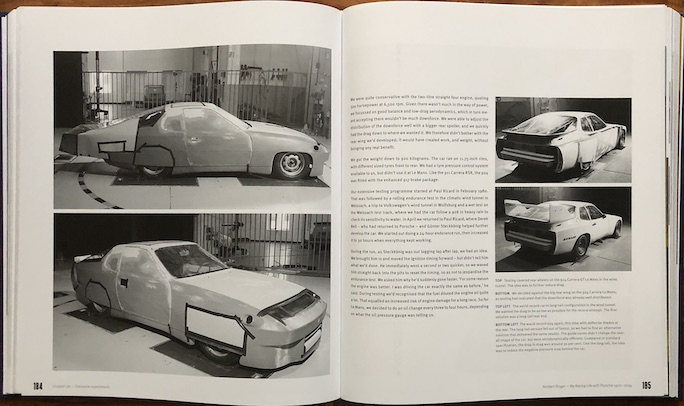
An example of the kind of illustrations of internal processes you won’t find in superficial histories. Above, various aero permutations on the Carrera GT version of the 924, and below ground effects evaluation on the 956.
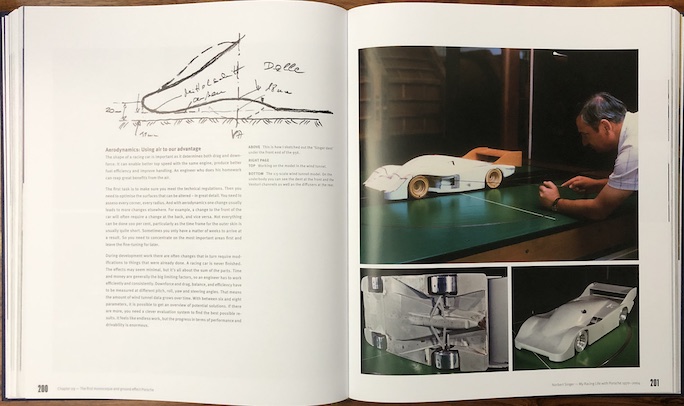
Strictly speaking the book is “told by Norbert Singer and written by Wilfried Müller,” the latter totally steeped in the subject matter and also the genre by having written the Peter Falk and Walter Röhrl biographies. (For more on Müller’s Porsche connections see the Falk review; as an aside, it is fascinating to look at these books side by side because they are so different in how they treat an essentially similar subject.)
From parts procurement and laboratory work to pit crews and drivers Singer paints a full and rich picture of the Porsche way of doing things which means, among other things, stepping into whatever role the moment calls for. Singer as race engineer, aerodynamicist, and strategist is able to connect here many dots across the motorsports scene even for those readers who are not solely interested in Porsche. He writes as the consummate Porsche insider but at the same time with candor and also full awareness of everything that is stirring in other camps. “Known” history is one thing but Singer also draws back the curtain on unknown items such as “prematurely terminated projects.” The aborted Indycar/CART effort (and Mario Andretti’s “secret” visit to Weissach), for instance, makes for interesting reading in light of Porsche’s impending return to open wheel racing in a few years.
It seems unlikely that a book with this topic would be on the radar of someone who is not already fairly immersed in motorsports history or engineering and that sort of reader will have to budget even more reading time because it will become irresistible to crossreference bits in other books all the time. Which brings us to the one thing we never want to carp about but must: the absence of an Index is a crippling shortcoming for a book so rich in detail and astute in observation. (On the upside, it forces the reader to take notes, which should increase retention.) However, the Table of Contents is unambiguous and detailed enough so you know what cars or events are featured where.
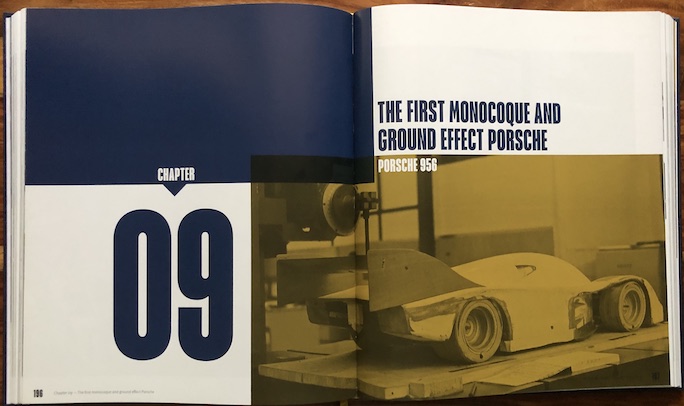
Something to stimulate the imagination of the book designers among us. All the 16 chapter openers use this color scheme and variations of these layout elements, the arrow/triangle pointing towards the chapter number (although not always its centerline).
Objectively, at 360 pages this is a substantial book but subjectively it will feel like much more because it is so densely packed with detail, oscillating between highly technical issues and race commentary and anecdotal bits about colleagues and the company. It is certainly to Müller’s and also the various translators’ (whose work Müller then edited again) credit that the words remain in a lively flow.
It is easy to forget that when young Singer went to his job interview in 1970, Porsche had a decidedly uncertain future (in fact, his father would have preferred him to go to Opel instead). Porsche would pocket 16 overall race victories with cars in which Singer played a key role—a colossal achievement but, to return to the excerpt at the beginning, only possible because of the culture, meaning the people, at Porsche.
PS
The very fact that this publisher does not have a US presence means that they are all the more committed to making international shipping, packing, tracking, and customer service painless so you need not have any reservations on that account. And remember, it’s free above $149!
Copyright 2023, Sabu Advani (Speedreaders.info)


 RSS Feed - Comments
RSS Feed - Comments


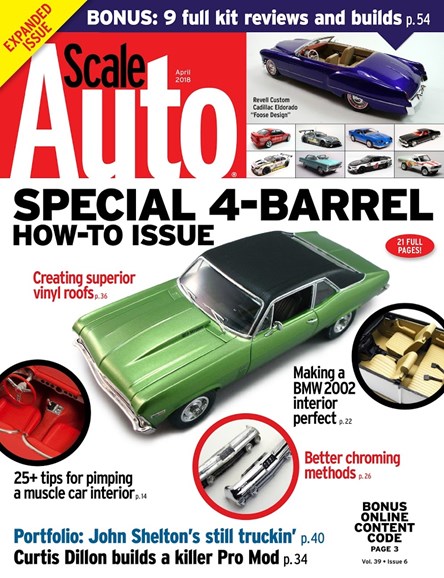



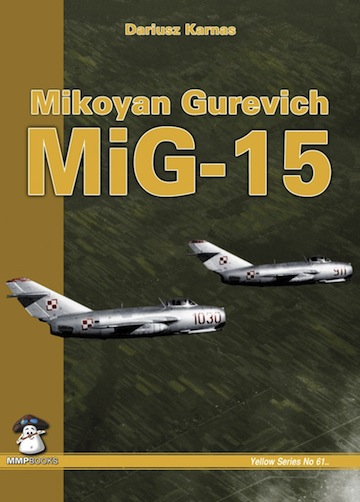


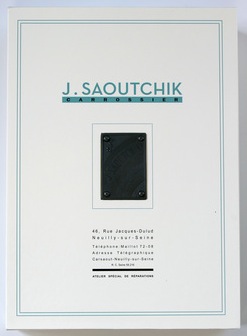


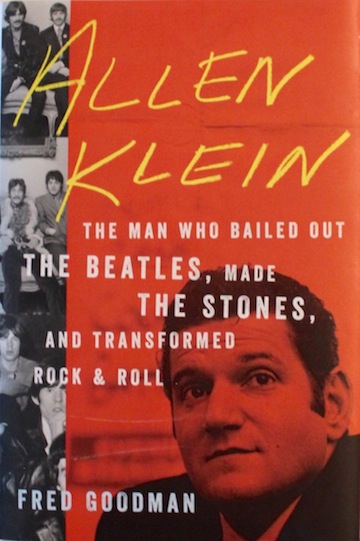




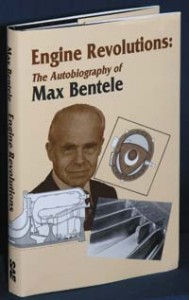













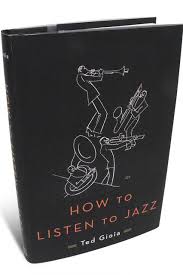
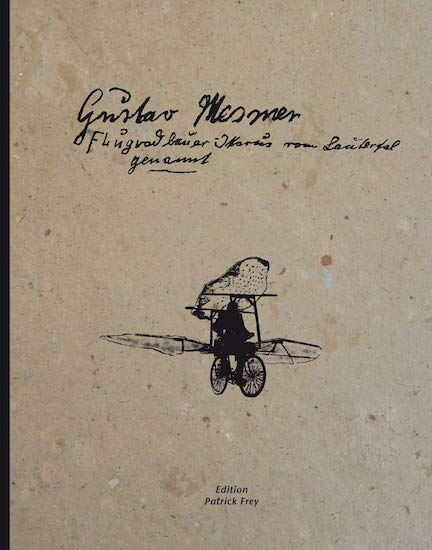





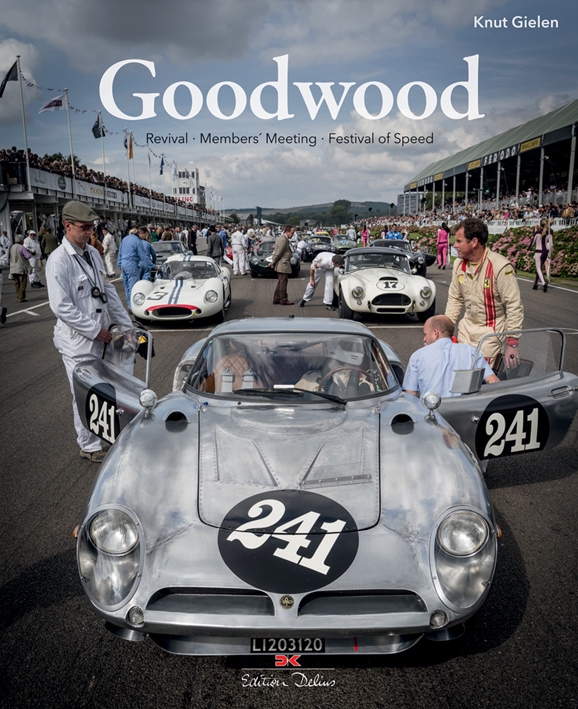





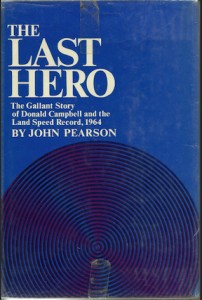




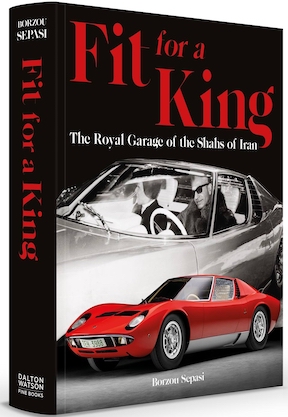


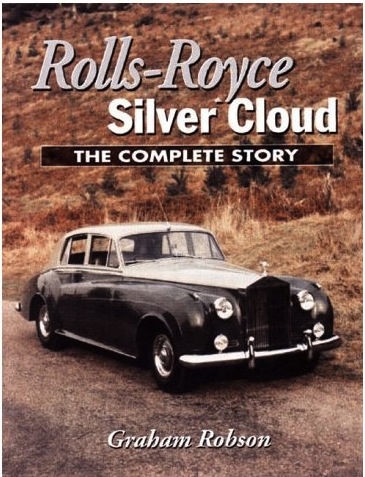
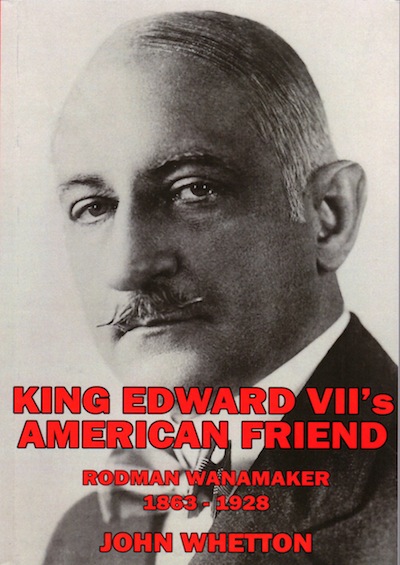

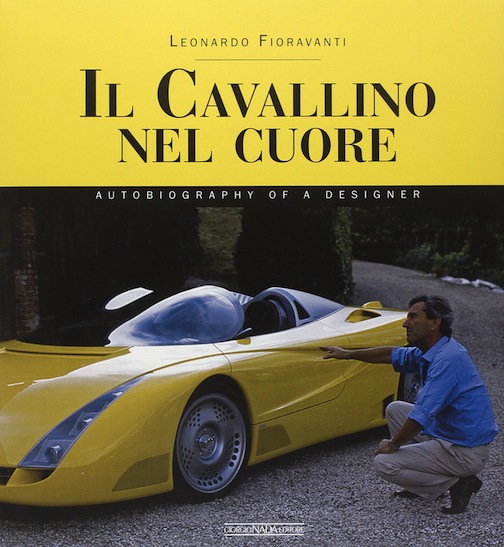

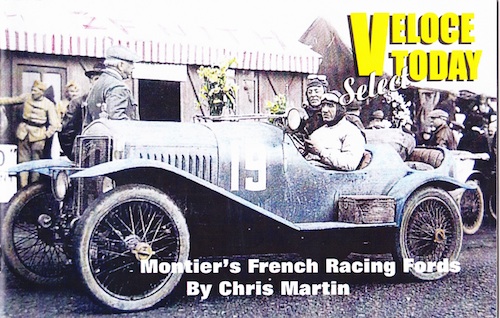


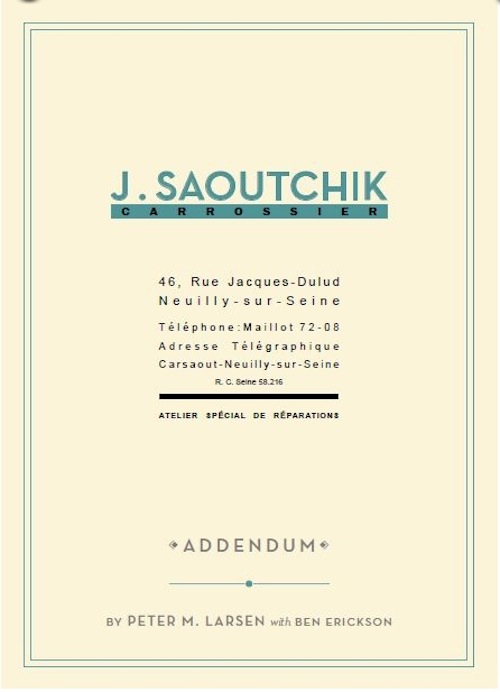
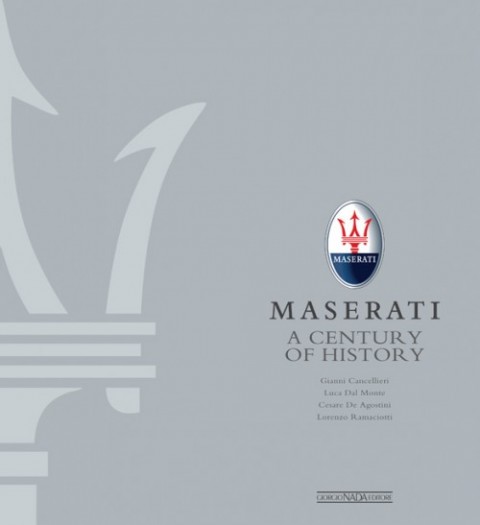

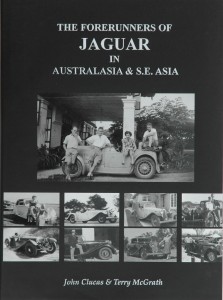


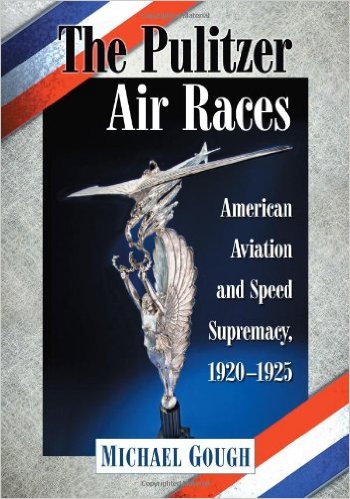



 Phone / Mail / Email
Phone / Mail / Email RSS Feed
RSS Feed Facebook
Facebook Twitter
Twitter